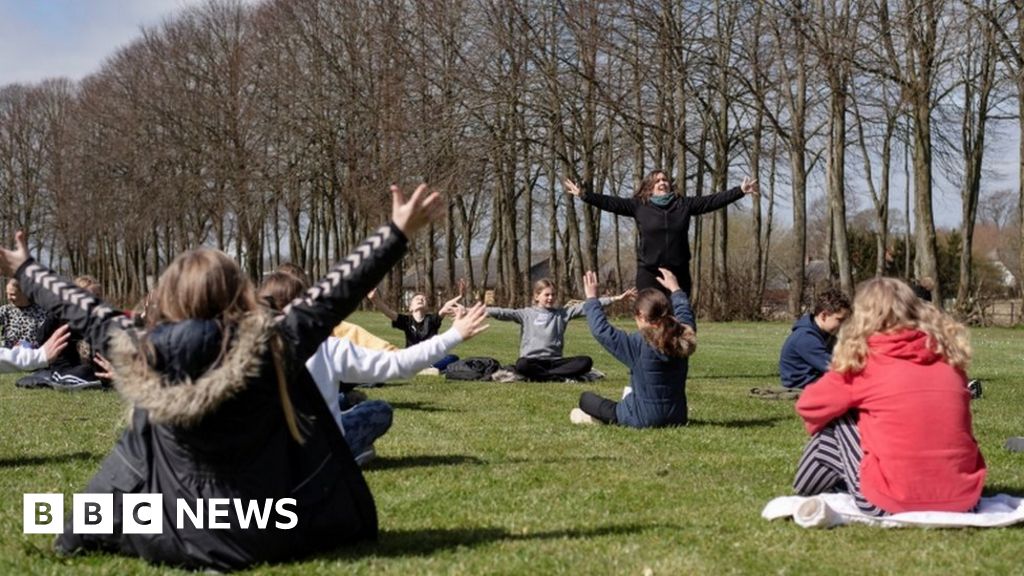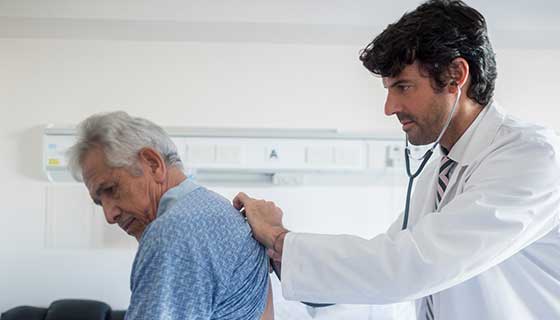Ok.
I must have missed the specific quote.
Either way, does the 3 million figure being reported reflect this?
Are they simply reporting how many have been, or are they adjusting down when people recover?
That is a very good question. It is 3 million cases reported to public health authorities, but the criteria for including someone as a case varies. In many places, too, a scarcity of testing meant that many cases were not reported. If they become known later, they’re added to the figures. For instance, the victim in California whose tissue samples were sent to CDC at autopsy. The public health authorities didn’t classify the person as a COVID-19 case until after the results came back. In other places, they didn’t have the resources to do testing at autopsy, so if someone wasn’t diagnosed prior to death, they weren’t counted. In other places, someone might be counted as a presumptive case, then re-classified if their tests come back negative. The numbers mean something a little different in different places at different times, and they are subject to change. We probably won’t have a really good idea until there is enough antibody testing available to get a better idea of how many asymptomatic or very mild cases there have been. (New York did such testing; I think they got about 25% infection in NYC but only about 3% out in the more rural parts of the state.) Some countries had a one-day jump in their death count when they got around to asking nursing homes how many COVID-19 patients had died outside hospitals.
The latest figures I can find (worldwide)
3,199,277 cases total (active, deaths and recoveries combined)
1,979,528 active cases of which
1,919,739 (
97 %) are in relatively mild condition and
59,789 (
3 %) are in serious or critical condition
1,219,749 cases with an outcome of which
992,959 (
81 %) have recovered at least enough for discharge
226,790 (
19 %) died
It often takes less time to die than to recover, so the ratio between deaths and recoveries looks very bad in the middle of things when more of the identified cases are the really serious ones. (The fatality rate among cases that need ICU care is really high.) In places where there are more resolved cases and where the testing has caught up so that less-seriously-ill people can get testing, the ratio is far more in favor of mild cases and ultimately recovery…in the 99%/1% range(? I can’t find a current source for that). On the other hand, obviously a big problem with this disease is how a case that was mild or moderate yesterday can be severe or fatal within a matter of days or even hours.
Short answer: it is a moving target. People die without being identified COVID-19 and they get infected and recover without being identified COVID-19. Based on previous epidemics, there will never be an exact count.


